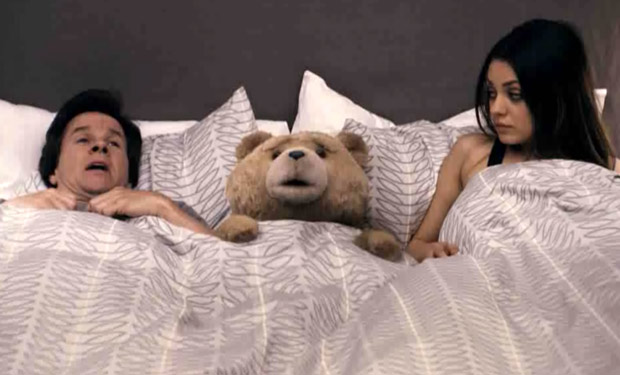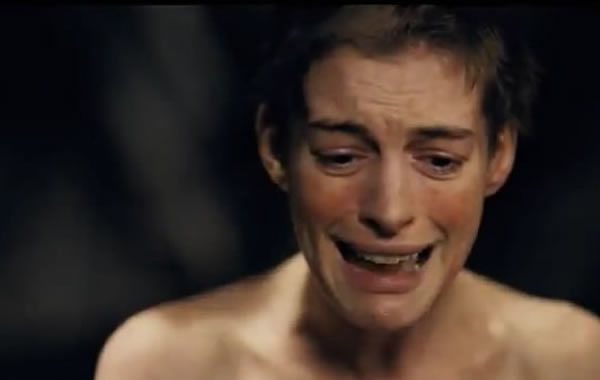 |
| Paul Dano and Zoe Kazan in Ruby Sparks |
I expected to either love or hate Ruby Sparks depending on where it took its premise. This premise being: sad sack writer creates a Manic Pixie Dream Girl Character named Ruby Sparks, she manifests into his real life, still influenced by what he writes about her, consequences ensue. I suspected I’d hate the movie if the creation of the woman Ruby Sparks was a happy miracle, and love it if it turned out to be a disaster, depicting the limitations of the fantasy applied to real life.
But my feelings were more complicated than I expected. I found Ruby Sparks to be an engrossing film that was very uncomfortable to watch, like a good horror movie. But I was also left unsatisfied and disappointed by the film, wanting both a better take-down of the Manic Pixie Dream Girl trope and a better all-around movie watching experience.
The first problem with
Ruby Sparks is that it takes entirely too long to establish its premise. It’s actually a pretty simple idea for anyone hip to storytelling tropes (even if you don’t know the phrase “Manic Pixie Dream Girl,” you probably recognize one when you see one, and
writers with God-like authorial power is nothing new either). While it is realistic that it would take our characters a while to accept this premise was actually happening, it’s frustrating for the audience. We’ve already accepted it before we started to watch the movie, which makes the first forty minute or so of “Yes, REALLY” rather tedious.
I believe this first problem is a symptom of the second and most serious problem with Ruby Sparks: that the writer who creates her, Calvin, is the protagonist. Given the that film was written by a woman (Zoe Kazan, who also plays the eponymous character), co-directed by a woman (Valerie Feris, alongside Jonathan Dayton, the directing team behind Little Miss Sunshine), and centered on deconstructing an antifeminist trope, I was surprised how much sympathy I was expected to have for the man luxuriating in a hyper-real version of it.
The Sad Sack in Need of the Love of Good Woman, the Manic Pixie Dream Girl’s counterpoint, is a sexist trope in and of itself. It’s rooted in the idea that only men are burdened by the pathos of true adulthood/personhood, that the expectation to be a Great Man is a constant yoke that women will never understand. In the case of Ruby Sparks‘s Calvin (Paul Dano), he’s suffering the terrible burden of being a literary wunderkind who hasn’t been able to follow up the Great American Novel he wrote in his early twenties.
 |
| Zoe Kazan as Ruby Sparks |
Calvin’s therapist gives him a writing assignment to help with his writer’s block: write about a person who could love Calvin’s shaggy dog, Scotty, despite his flaws (guess what guys: THE DOG IS A METAPHOR FOR CALVIN! Whoaaaa!). Calvin then dreams (literally) and encounter with Ruby Sparks, a pretty, friendly, charming girl who likes Scotty even though she’s unfamiliar with the works of his namesake, F. Scott Fitzgerald. After this dream, Calvin can’t stop writing about Ruby (on a typewriter! In 2012. Ugh, he’s the worst.)
 |
| Calvin at his magical typewriter. |
Cultural ignorance is only one of the many infantalizing qualities given to Ruby by Calvin: she can’t drive, she doesn’t own a computer, she “isn’t very good at life sometimes” because she forgets to pay bills and the like. Then there are the deficits in Ruby’s true personhood that aren’t by design, but by omission: Calvin writes that she is a painter, but we never see her paint, and neglects to give her a regular job, or any friends or family. The only outside relationships he gives her are memories of inadequate exes: a high school teacher she had an affair with (thus failing to get her diploma), an alcoholic, another age-inappropriate partner. All to make Calvin the more comparatively worthy.
While this is all cutting writing on Kazan’s part, doing its work to highlight what makes the Manic Pixie Dream Girl a problematic trope, within the story of the film it comes out of Calvin, which makes him extremely unsympathetic to the audience. But it is clear we’re supposed to be rooting for him: as he swears off writing about Ruby and she becomes more and more human (and less and less interested in Calvin), we’re meant to worry for him. When he succumbs to the pressure to write her back into being the perfect girlfriend and it backfires, we aren’t supposed to fret for Ruby as she suffers extreme mood swings, but rather for their effect on Calvin. We don’t see how “Real Ruby”‘s friends react to these changes, only Calvin. We see how Calvin’s family responds to Ruby, but Ruby doesn’t have a family, because Calvin didn’t bother to write her one.
I kept wondering if I was reading the film wrong, until the denouement which confirmed that Calvin is meant to be the main sympathetic character. Having “released” Ruby from his magical creativity, Calvin writes a novel recounting this experience called The Girlfriend. It is met with wide acclaim, duhdoy. Then Calvin, walking Scotty, happens upon a woman in the park. A woman who looks just like Ruby. She acts a little bit more like a real person than the Ruby from Calvin’s original dream, but it’s clear Calvin still has the upper hand: she asks if they’ve met before, because he looks familiar to her, and he points her to his photo in her book jacket, as she’s reading The Girlfriend. The scene is extremely reminiscent of the end of (500) Days of Summer, where despite all the self-entitled jerkwad behavior we’ve seen the main male character go through over the course of the movie, we know he’s the one we’re supposed to be rooting for because he meets another (sorta, in this case) girl.
This meeting should have read more like the villain in a slasher flick popping out of his grave to kill again, but it really seemed intended to be a heartwarming second chance for a lovable loser. And trying to make Calvin a sympathetic character when he’s acting more like a monster for most of the film makes Ruby Sparks fall apart. It’s not like we couldn’t have had Ruby as our primary protagonist because she’s “not real”, see Pinocchio. It’s a shame that Ruby Sparks asks us to sympathize more with Calvin than the title character, it weakens the film’s mission and makes it much less enjoyable to watch.


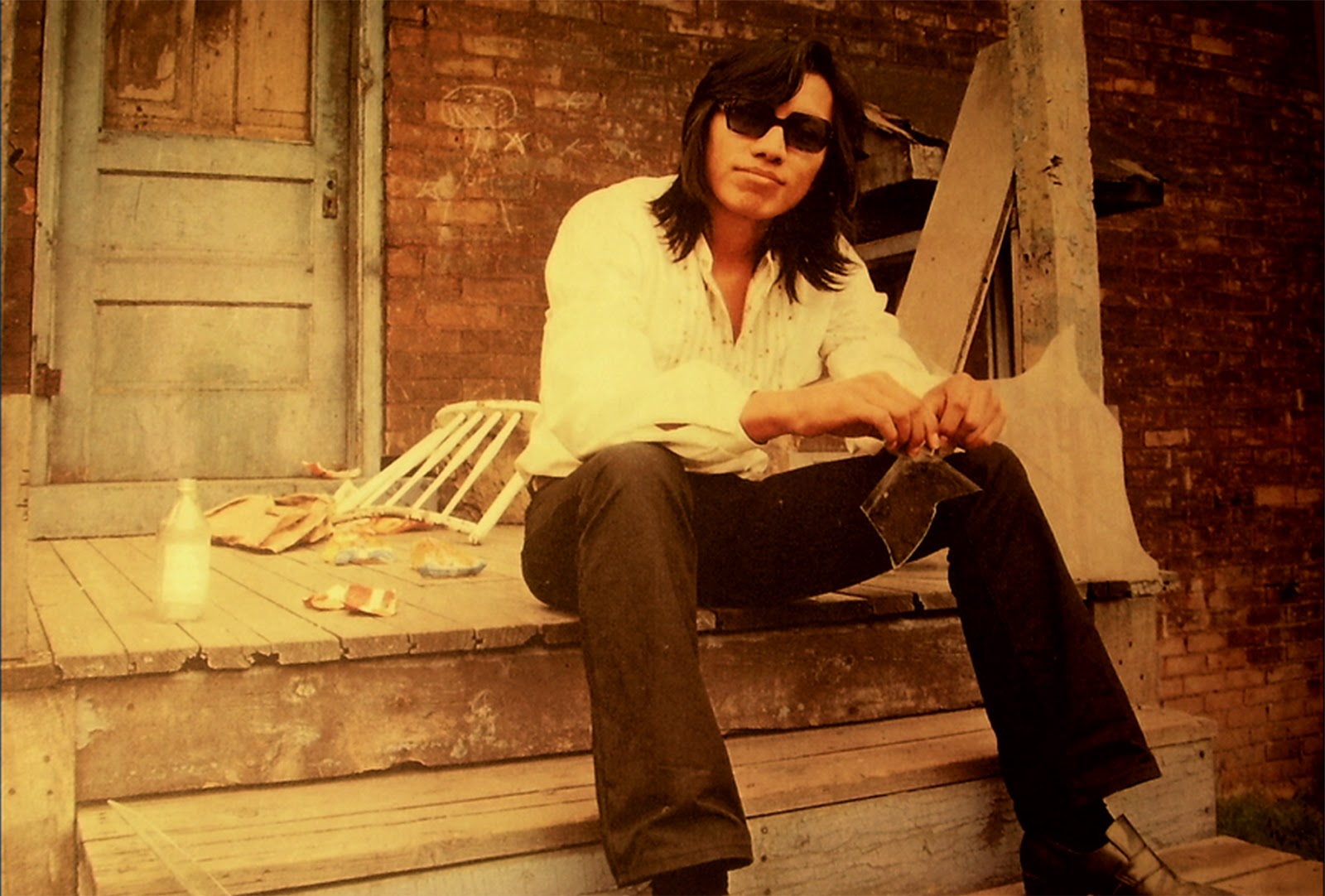
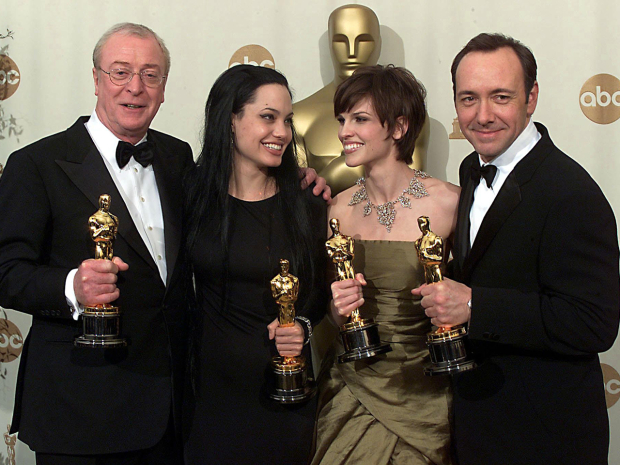

.png)

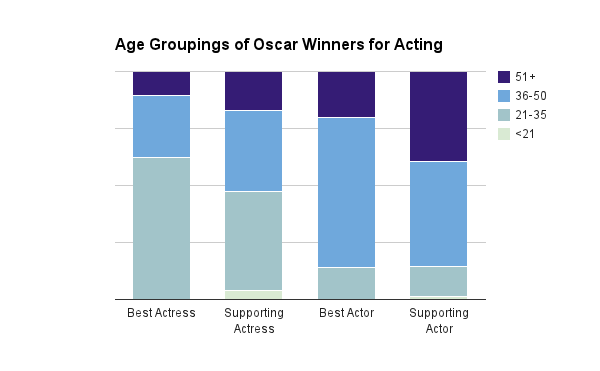
.png)

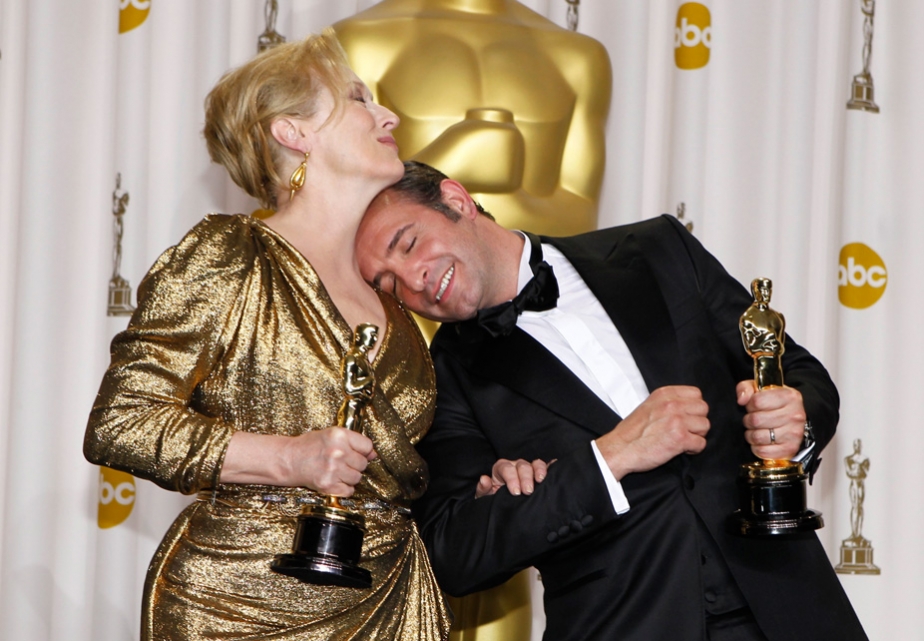




.png)
.png)
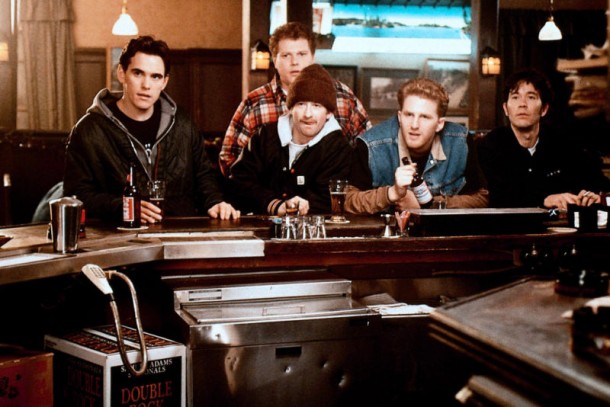



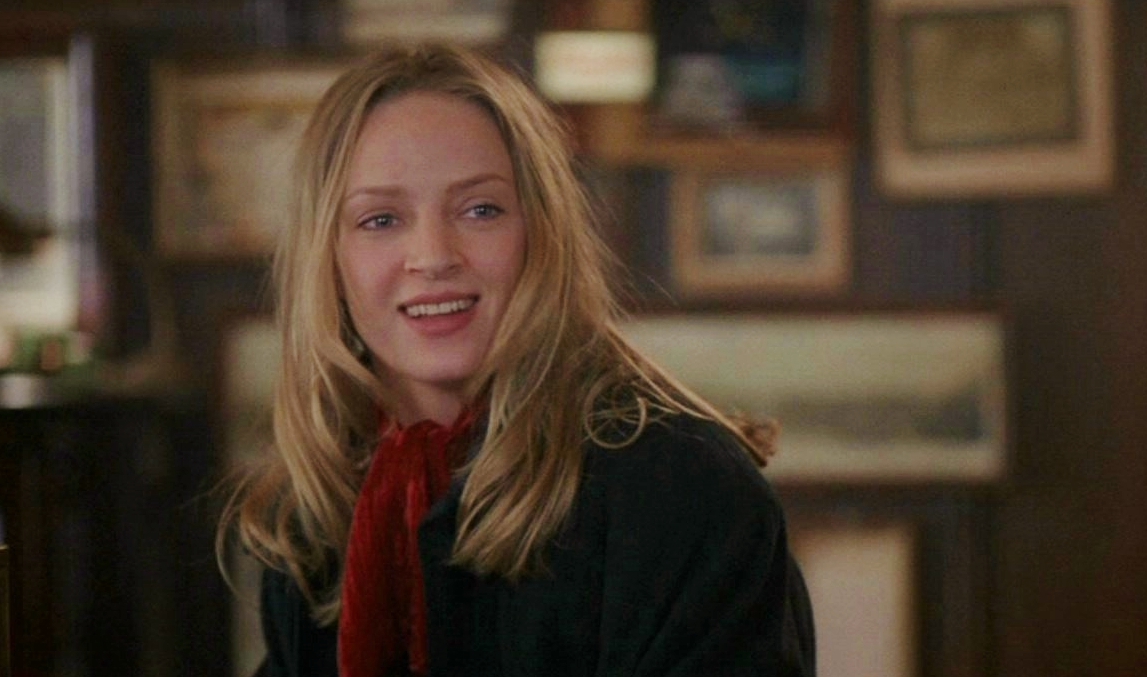

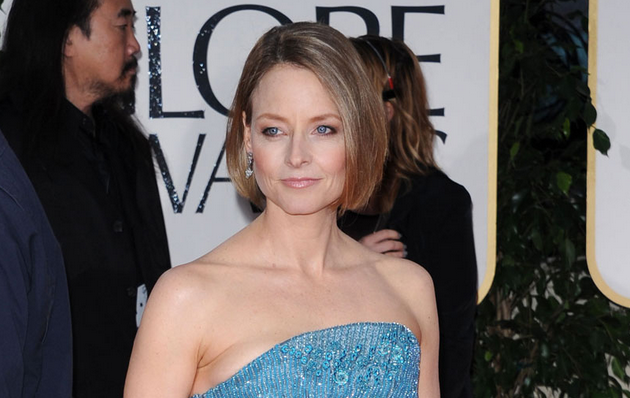
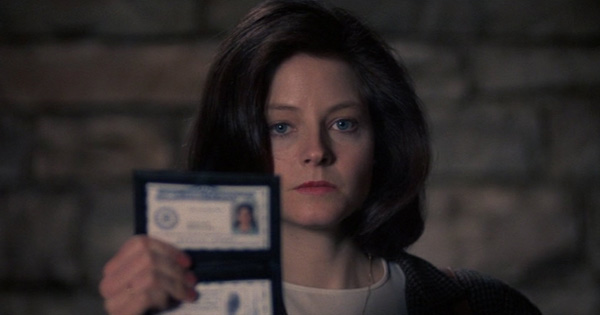
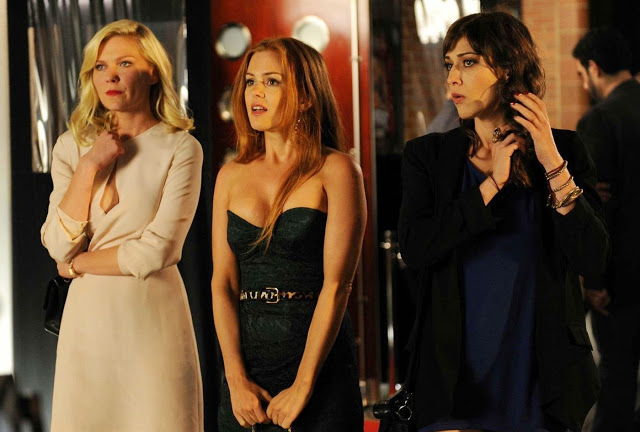



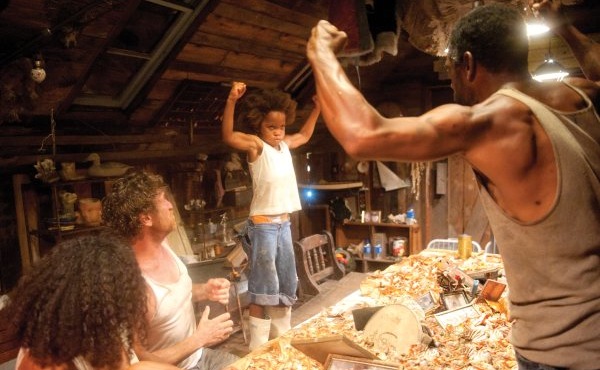

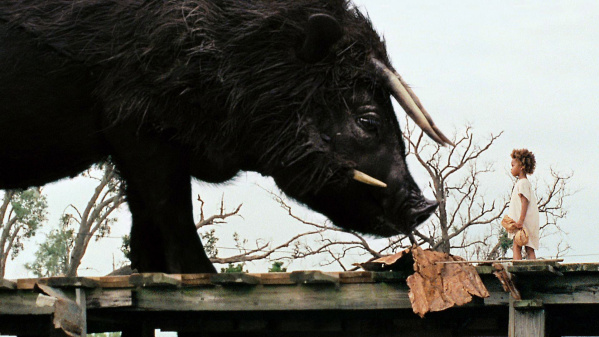




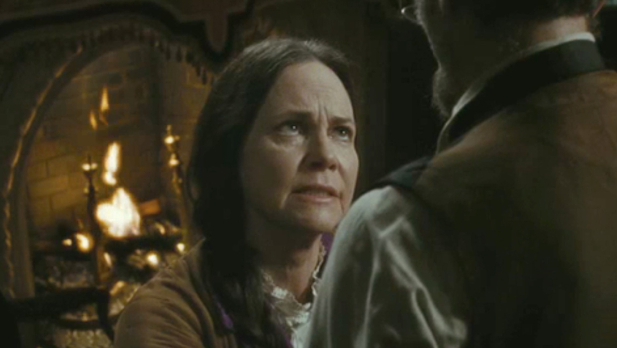

.jpg)
